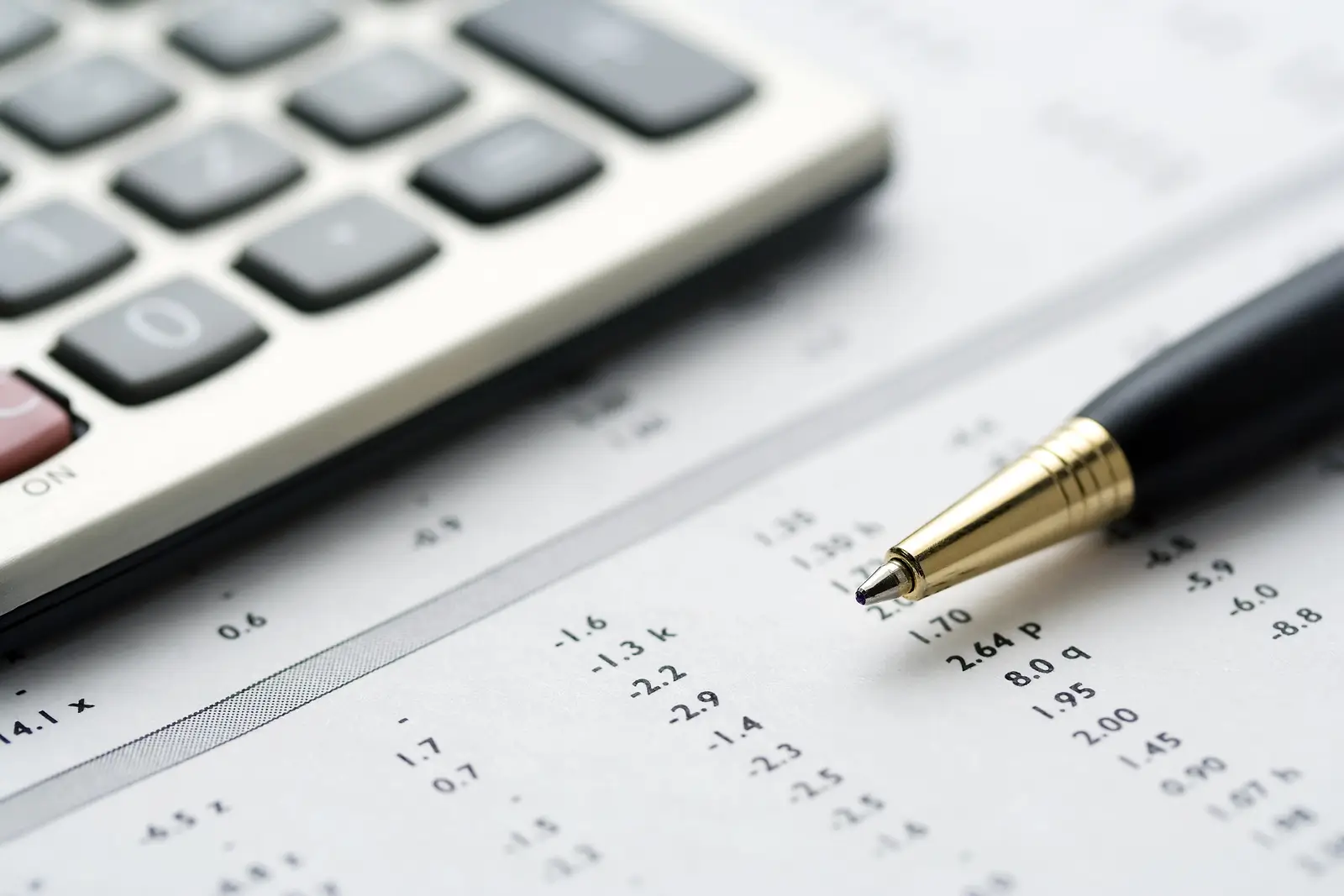When you own rental property in Phoenix, your goal is clear: to boost monthly cash flow while managing risk. In this guide, we’ll show you how to do that in 2025, drawing on local insight, solid strategy, and practical steps.
This article is meant for investors and landlords who want to understand rental economics—and possibly collaborate with our team.
1. Understand Phoenix Market Dynamics Now
The Phoenix rental market has continued to evolve in 2025. Demand remains strong thanks to continued population growth and economic expansion in tech, healthcare, and education. That means rent is holding steady—or rising—for well‑managed properties. But rising utility costs and property taxes can eat into your returns, so every dollar counts.
2. Set Competitive Rent – But Not Too High
One of the best ways to maximize cash flow is to price rent strategically. If you set the rent too low, you lose revenue. Too high, and you risk long vacancy periods. The sweet spot: use comparable properties to price competitively. Include popular amenities—such as smart thermostats or high-speed Internet—and prominently feature them in listings. That justifies slightly higher rent and helps reduce turnover.
3. Control Operating Expenses
Controlling costs is just as important as growing income. In Phoenix, energy bills can be significant. Installing high-efficiency HVAC systems, utilizing LED lighting, and sealing doors/windows can lower utility bills, which may be shared with tenants. Regular preventative maintenance reduces emergency repairs, preserving more profit. Additionally, shop around for insurance and landscaping services, and renegotiate service contracts annually.
4. Use Smart Lease Terms for Stability
Longer leases (12 months or more) can help reduce vacancy risk. In Phoenix’s seasonal market, aligning lease cycles with peak demand (like early summer) minimizes downtime. Also consider including small annual rent increases tied to inflation or cost indices—this protects your income without surprising tenants.
5. Offer Value‑Add Services
You can increase cash flow by offering optional paid extras, such as premium Internet, smart-lock access, or pet fees. Renovating kitchens or adding attractive landscaping may justify higher rent and attract quality tenants faster. Keep upgrades modest but impactful—new paint, modern fixtures, and well‑kept curb appeal go a long way.
6. Screen Tenants Carefully
High‑quality tenants pay rent on time and take care of the property. Rigorous screening, encompassing credit, rental history, and income verification, reduces turnover and repair costs. A good tenant can save you thousands over time.
7. Leverage Professional Property Management
Sure, you can self-manage—but if you want consistent cash flow and fewer headaches, professional property management makes sense. A strong local manager ensures marketing, tenant communication, maintenance, and rent collection happen smoothly. That means less vacancy, fewer repairs, and more reliable income. Professional support often pays for itself.
Balancing Benefits and Challenges
Maximizing cash flow offers clear benefits: steady income, increasing equity, and passive growth. But it isn’t without challenges. Rising insurance or tax costs, unexpected vacancies, and tenant turnover can strain returns. That’s why an active strategy combining maintenance, competitive rent, and smart lease terms is essential.
Your Next Step Toward Better Cash Flow
Ready to unlock greater returns in your Phoenix rental? At LHM Realty, we help investors and landlords optimize income, streamline operations, and manage risk. Whether you own a single-family home or a multi-unit property, our local team is familiar with the Phoenix market and can tailor a plan to enhance your cash flow in 2025 and beyond.
Discover our full suite of services or reach out directly—we’d love to talk about your property goals.
Explore our Services or Contact Us to get started.
FAQs About Cash Flow on Phoenix Rentals
Q1: What is considered good cash flow for a Phoenix investment property in 2025?
A: A good benchmark is around 6–8% annual cash-on-cash return after expenses. Of course, this varies by neighborhood, property type, and financing terms—your local market matters.
Q2: How often should rent be reviewed or increased?
A: We recommend reviewing rent annually. Small, predictable increases aligned with cost-of-living adjustments help maintain cash flow without alienating tenants.
Q3: Does property management reduce my net cash flow?
A: While management fees (typically 8–10%) reduce gross income slightly, professional oversight often reduces vacancy periods, late payments, and costly maintenance—resulting in higher net cash flow overall.
Q4: Are energy-efficient upgrades really worth the cost?
A: In Phoenix’s hot climate, yes. Upgrades like efficient HVAC systems or solar shade features can reduce utilities and attract tenants willing to pay higher rent, paying for themselves over time.
Q5: How do I balance rent increases with tenant retention?
A: Small, predictable increases (3–5%) are more acceptable to good tenants when justified by improvements or rising costs. Communicate clearly and provide value along with the increase.


